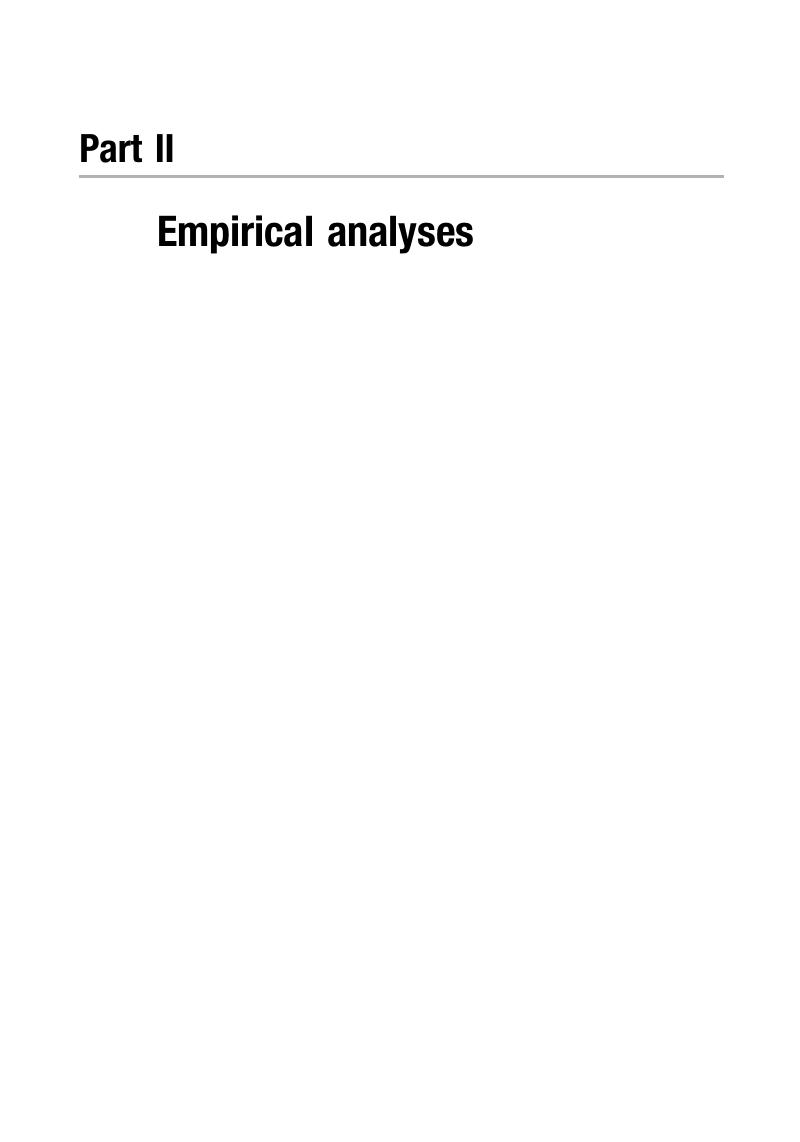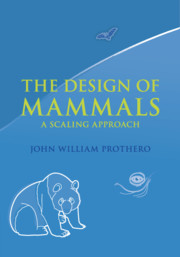Martin, A.W. and
Fuhrman, F.A. (
1955).
The relationship between summated tissue respiration and metabolic rate in the mouse and dog.
Physiological Zoology,
28:
18–
34. (Skeletal mass for an African elephant is given as 27% of body mass. The specific values for body, kidney, and liver masses suggest this is the same elephant as discussed by Quiring (see Reference [
26]), except that 8% for skeletal mass has become 27%. Perhaps someone inadvertently took the body mass of this elephant to be 4,640 lbs rather than 14,640 lbs (100*1238/4640 = 27)?)
CrossRefGoogle Scholar 



